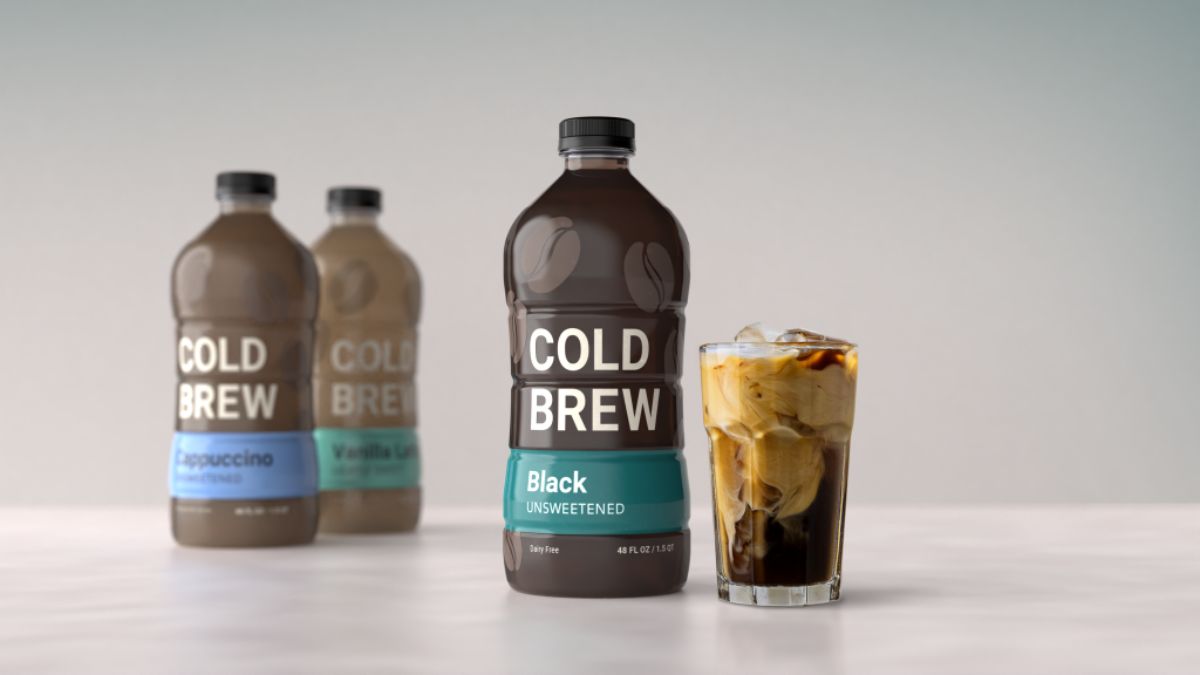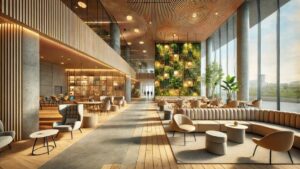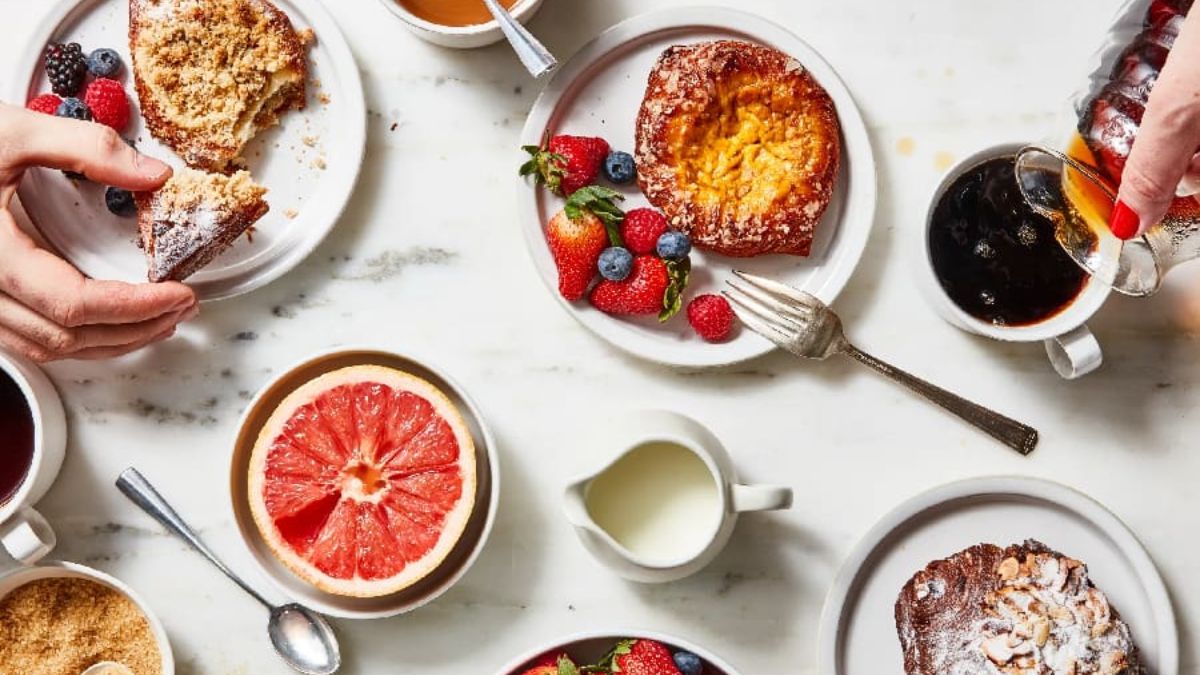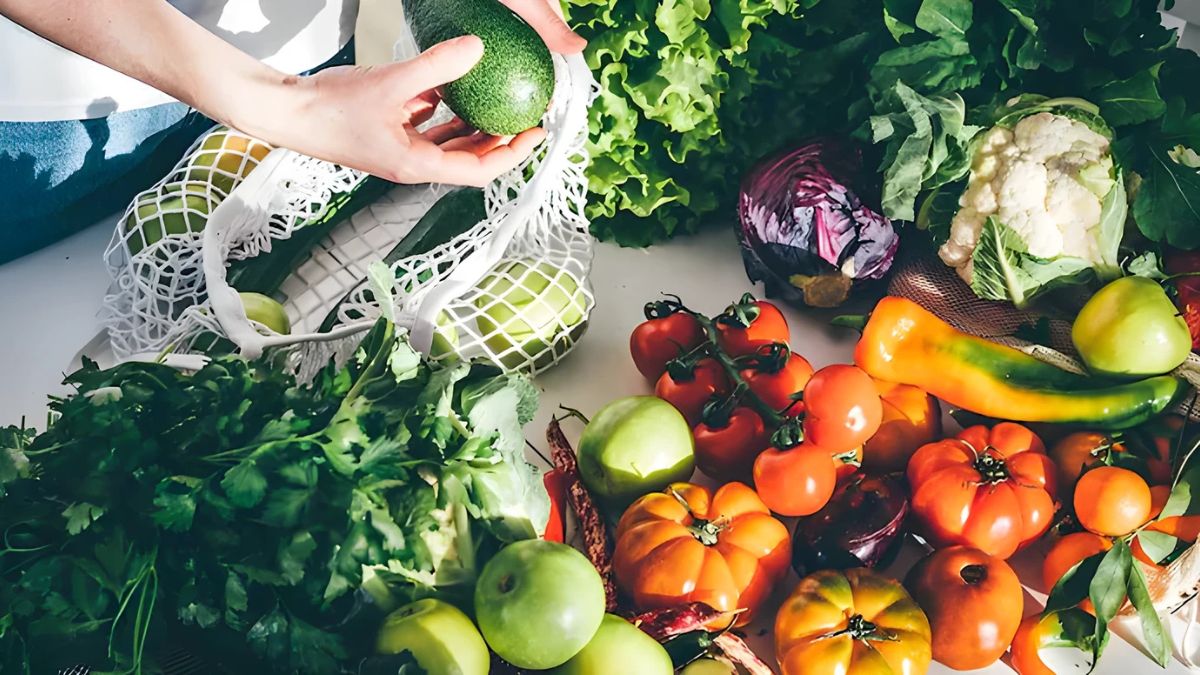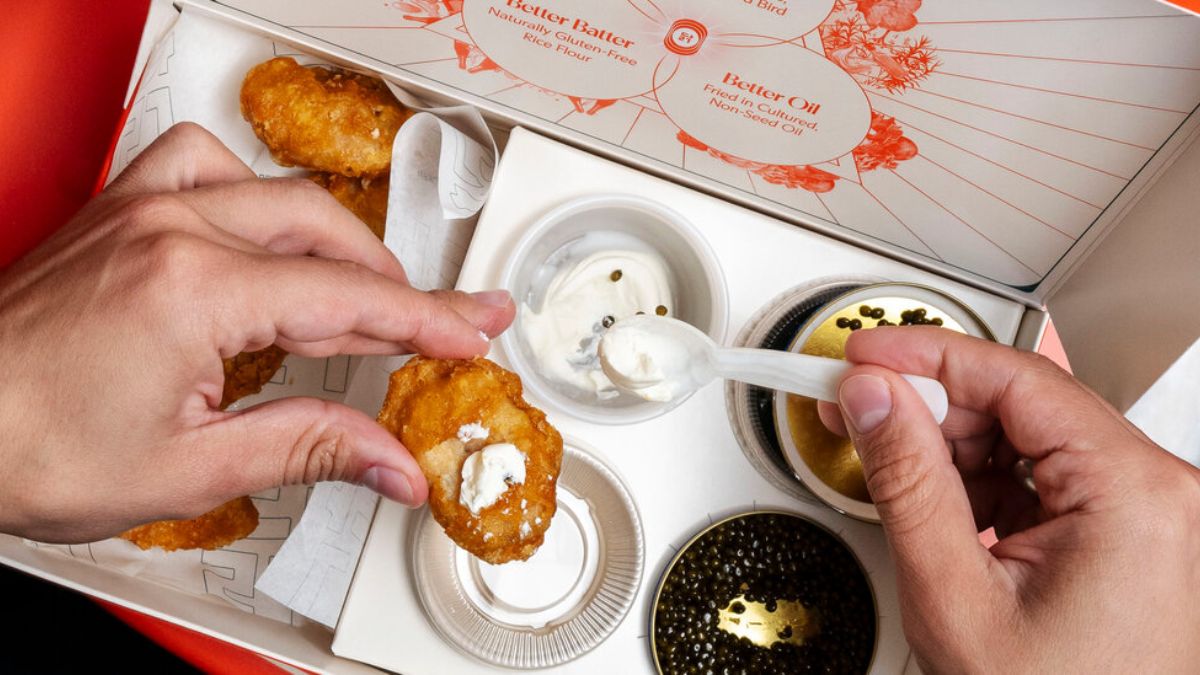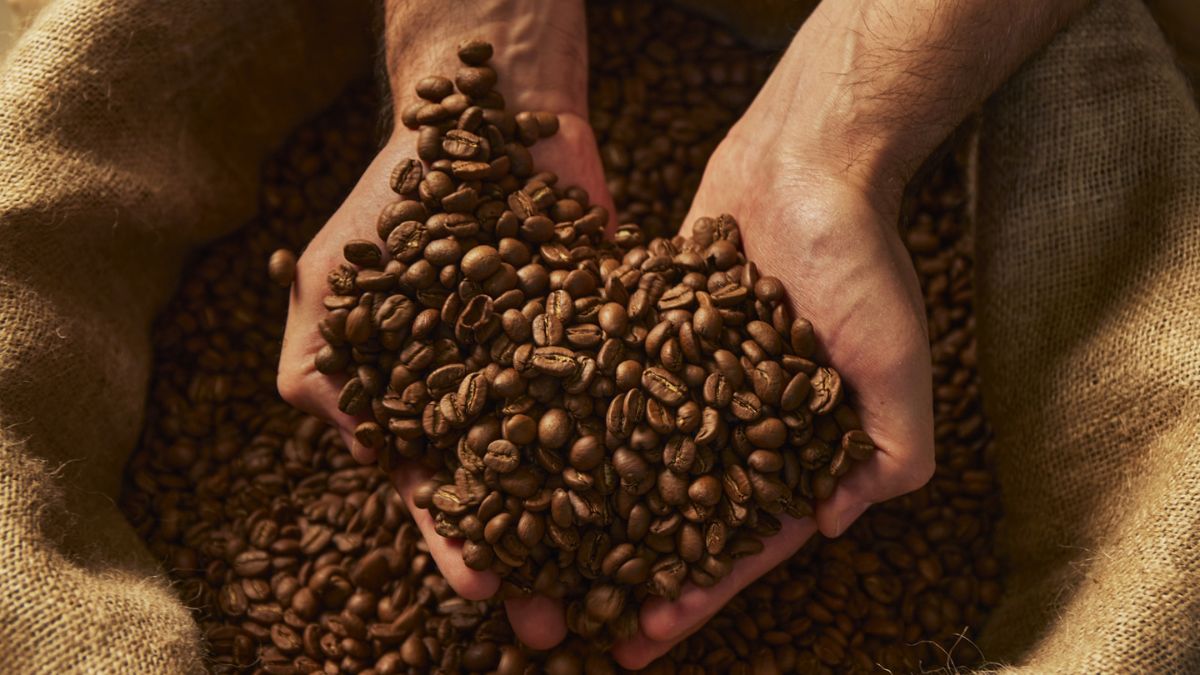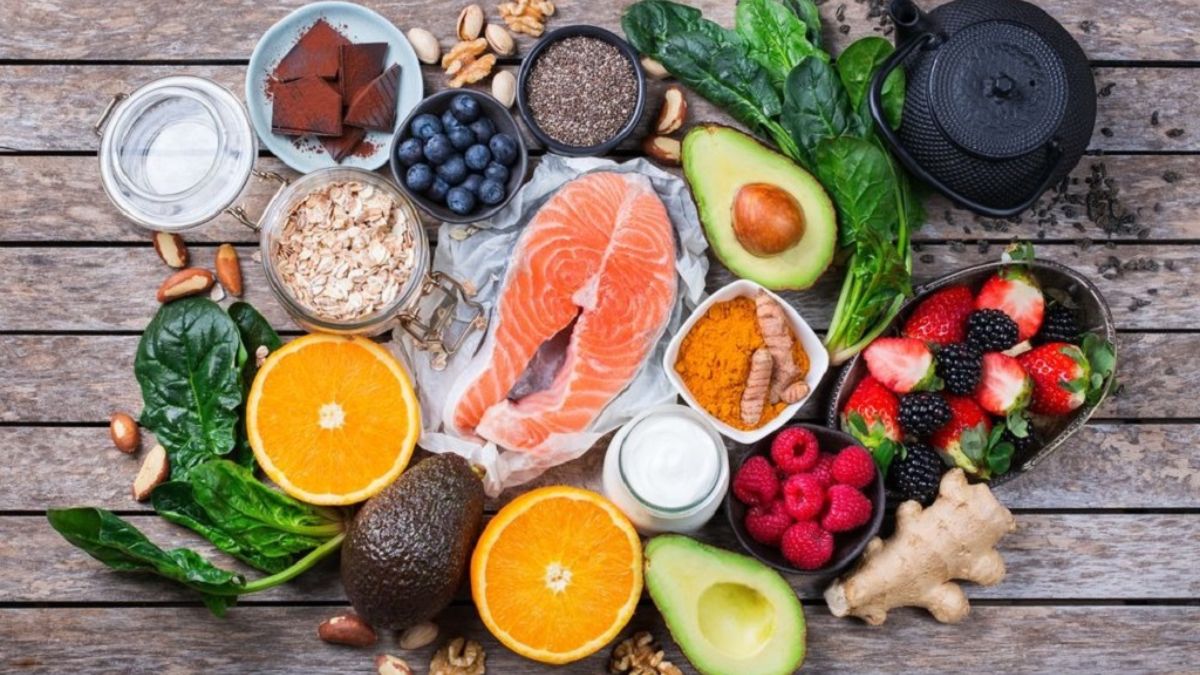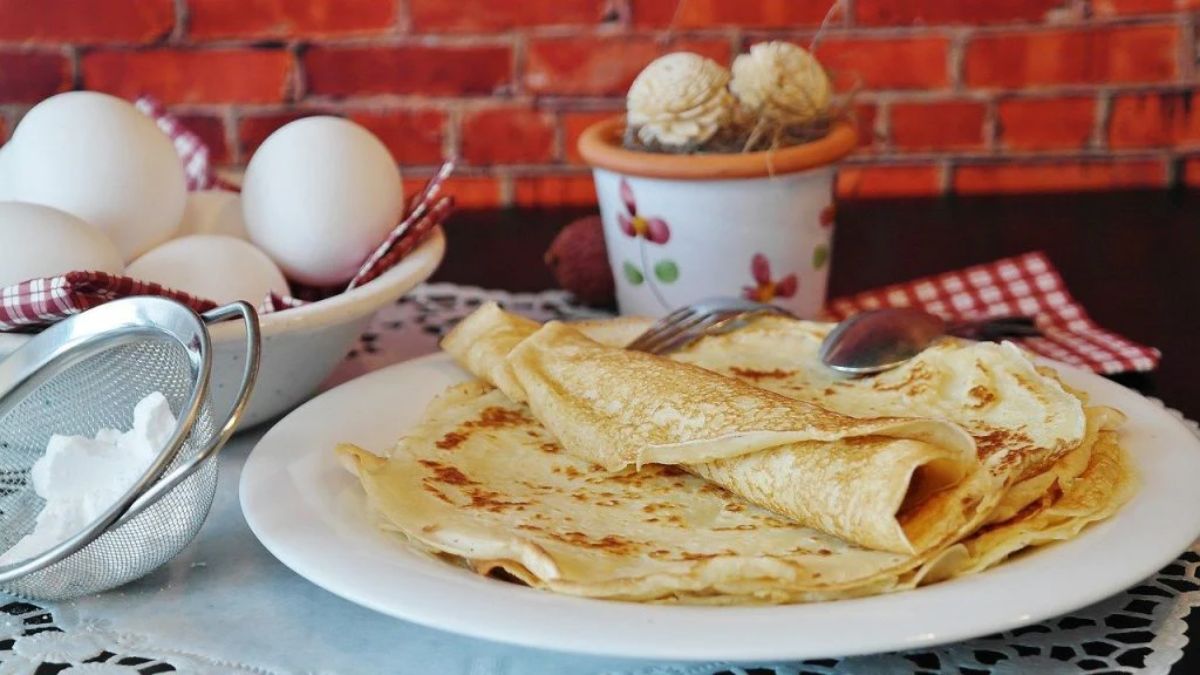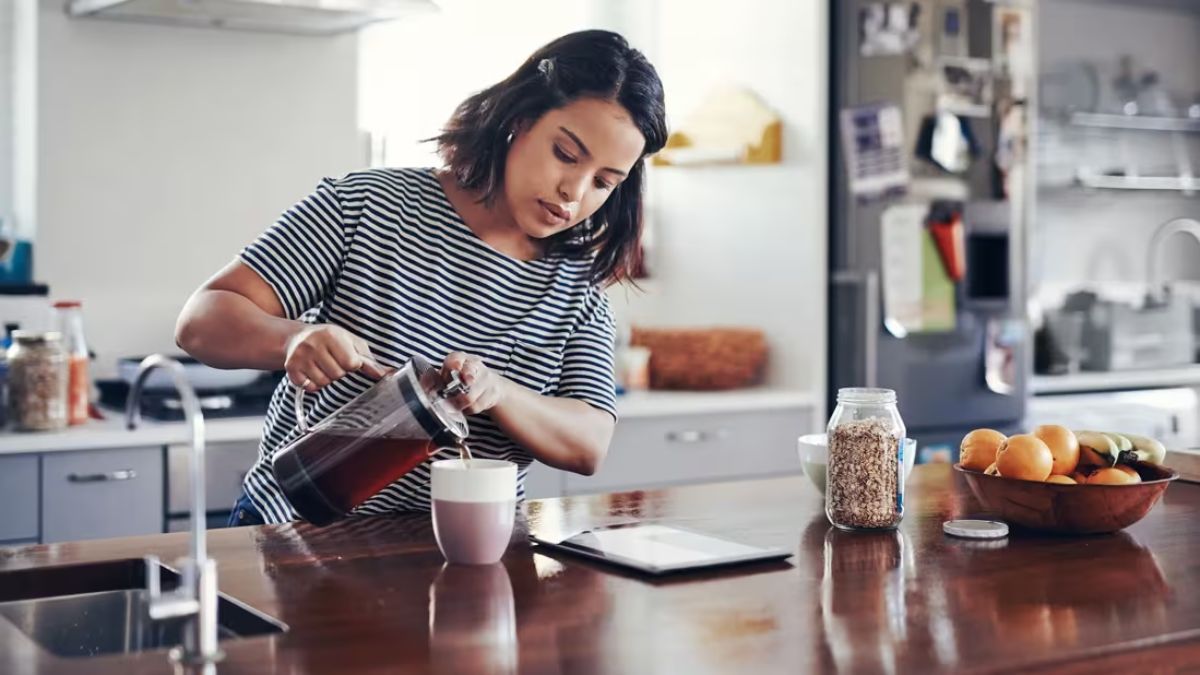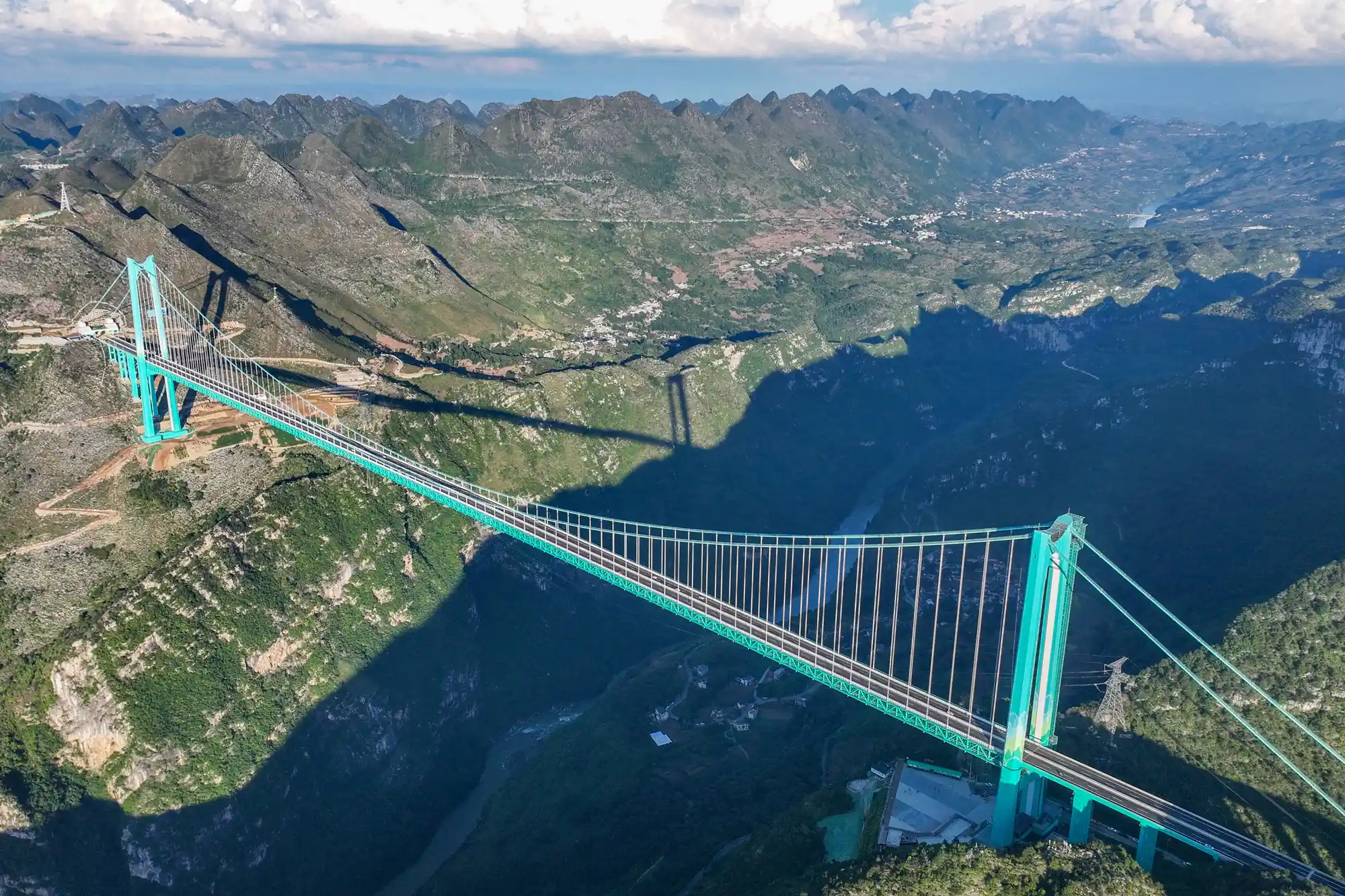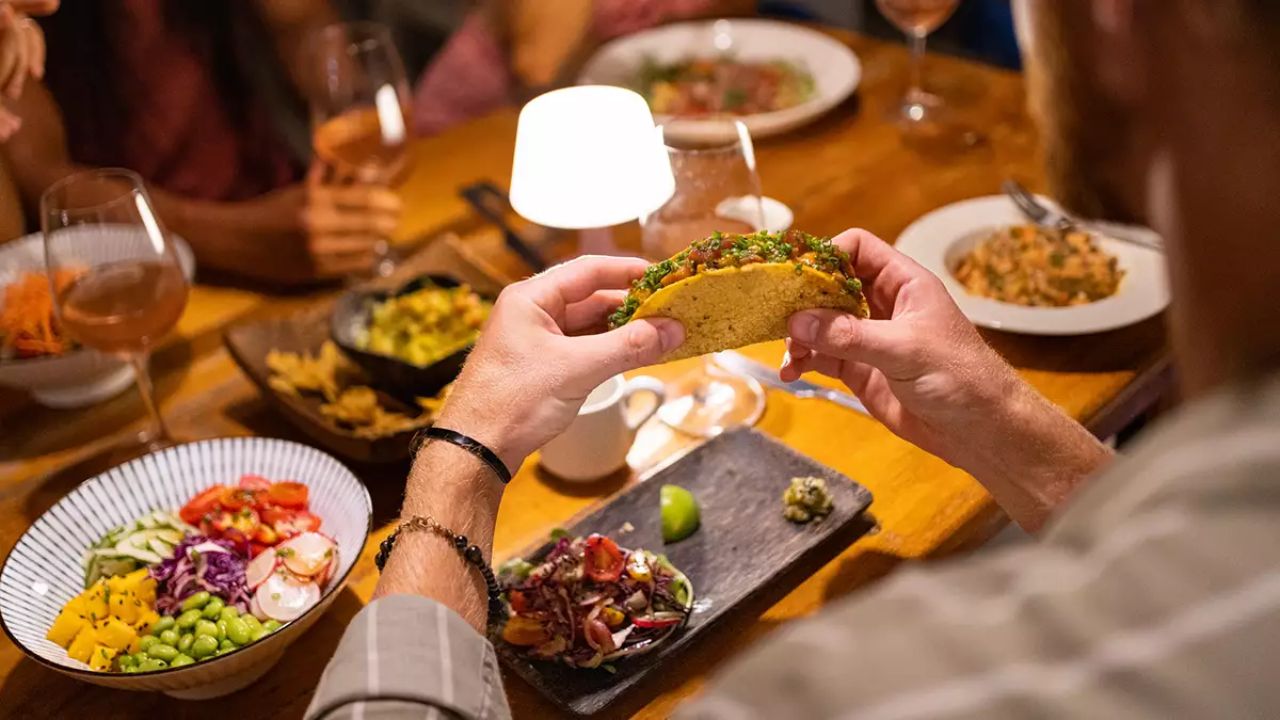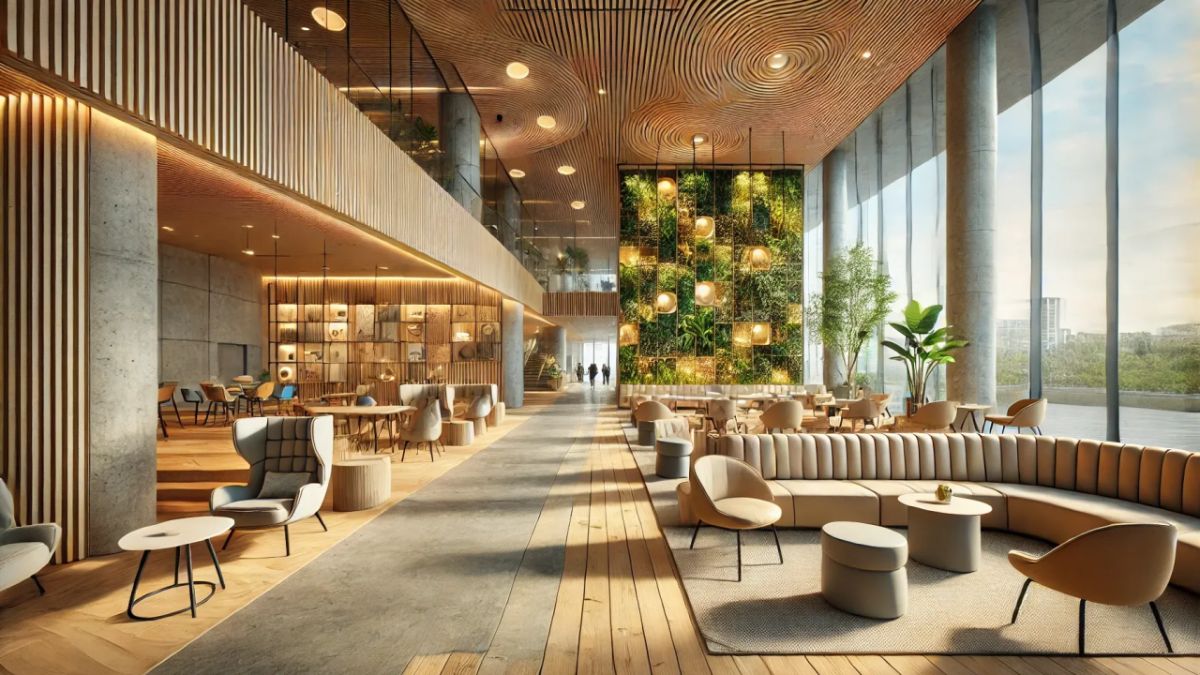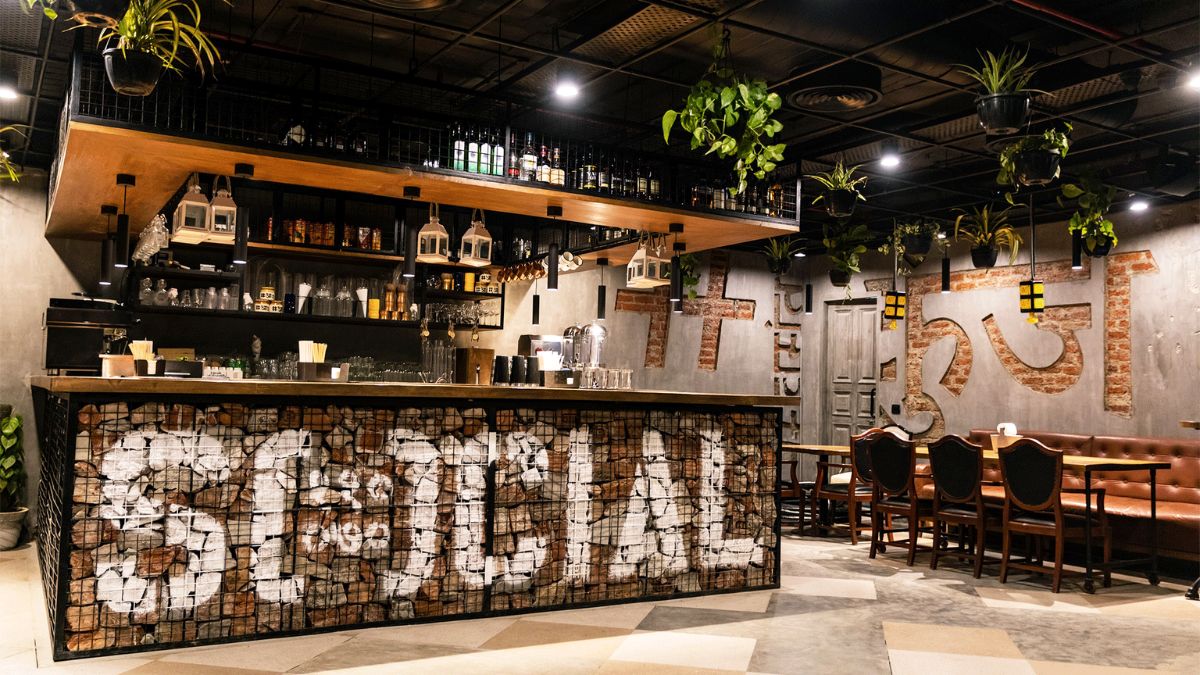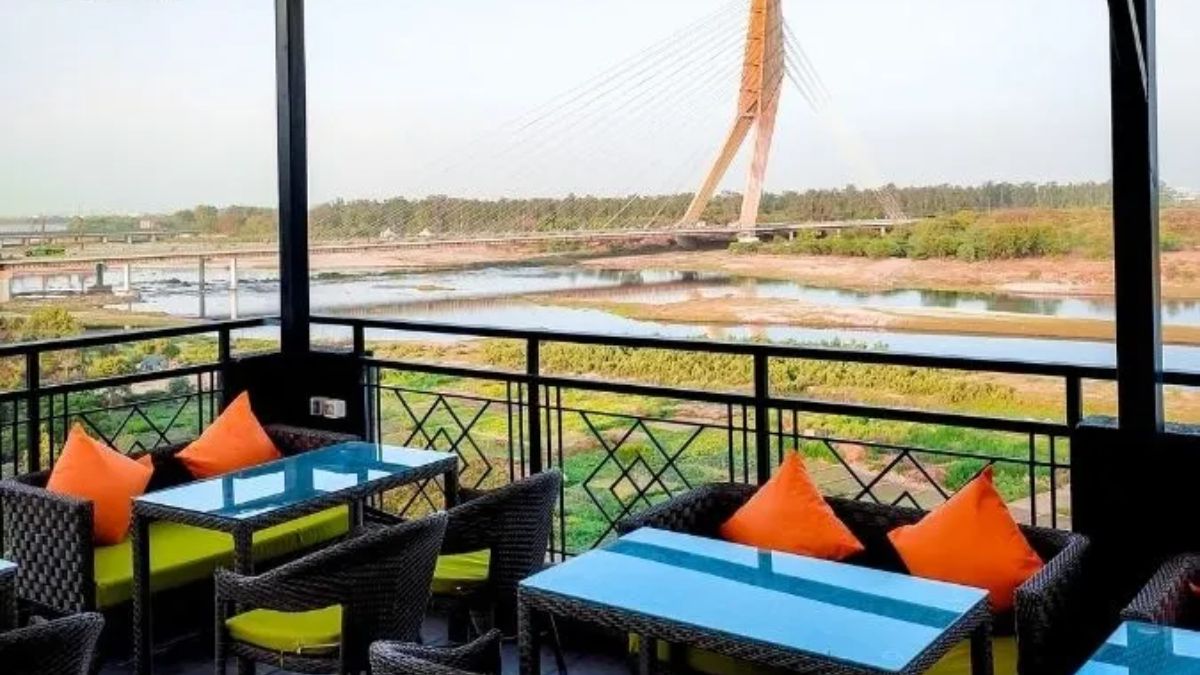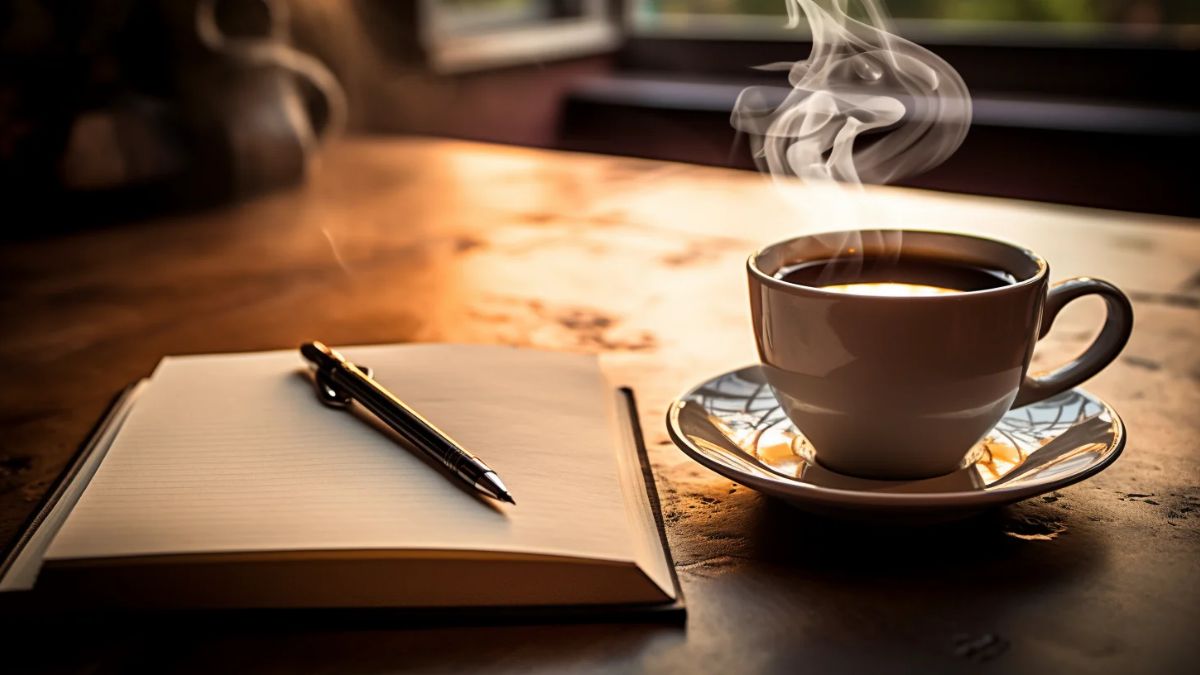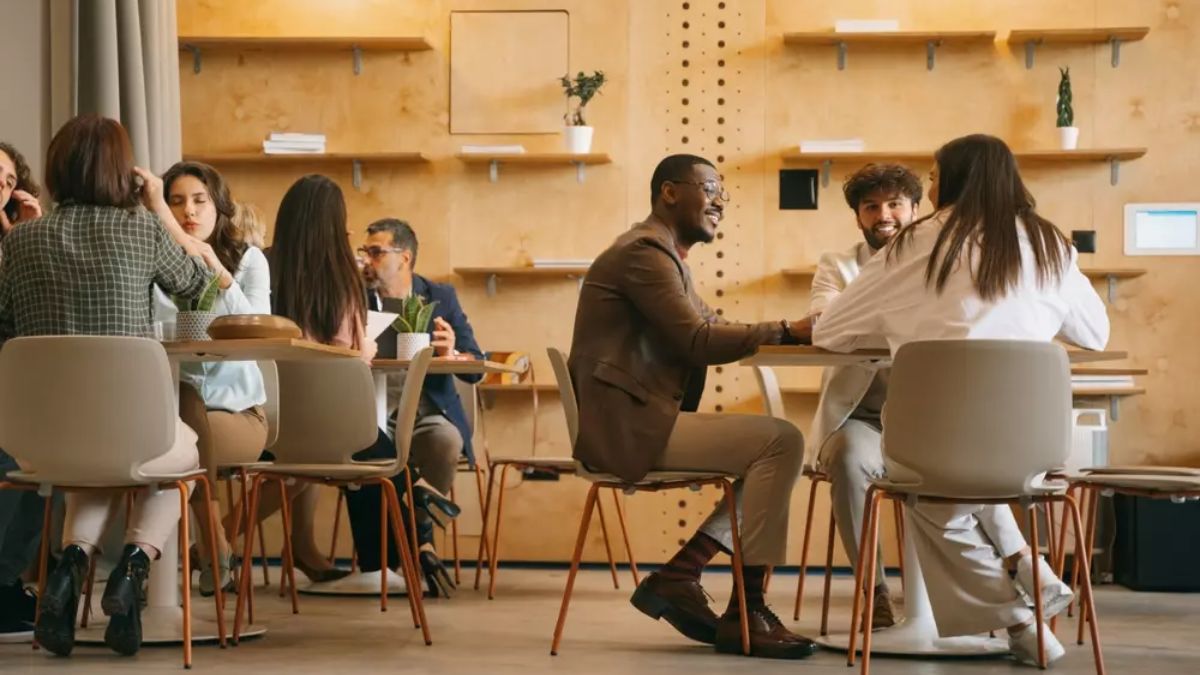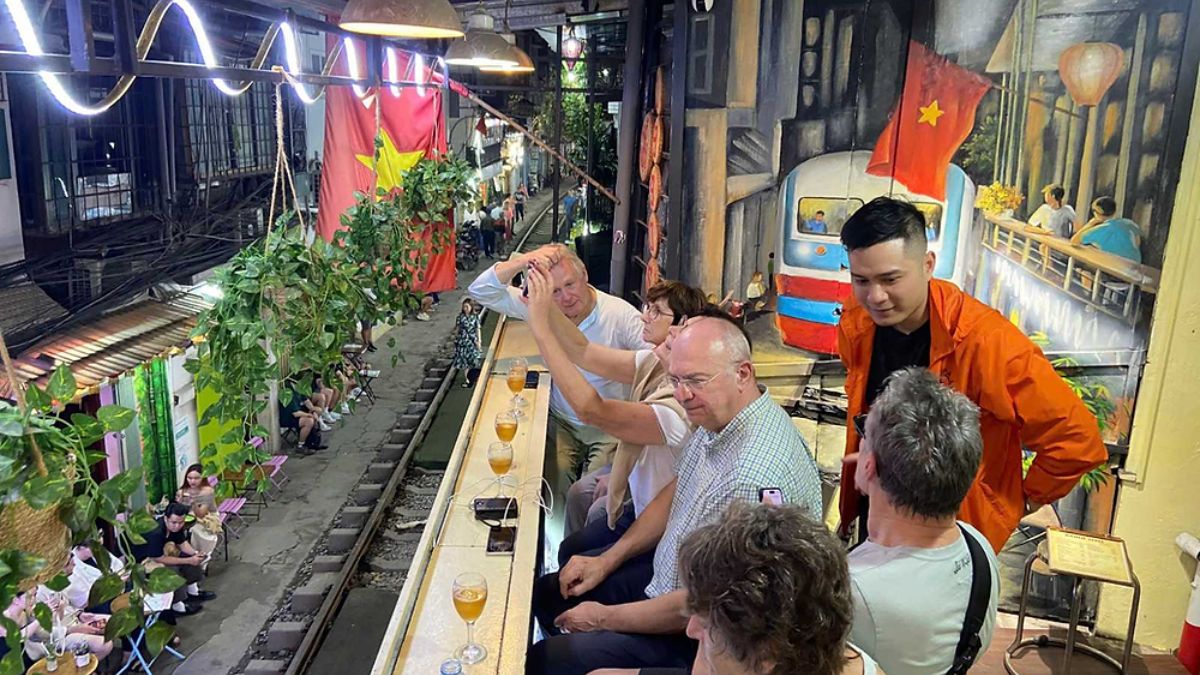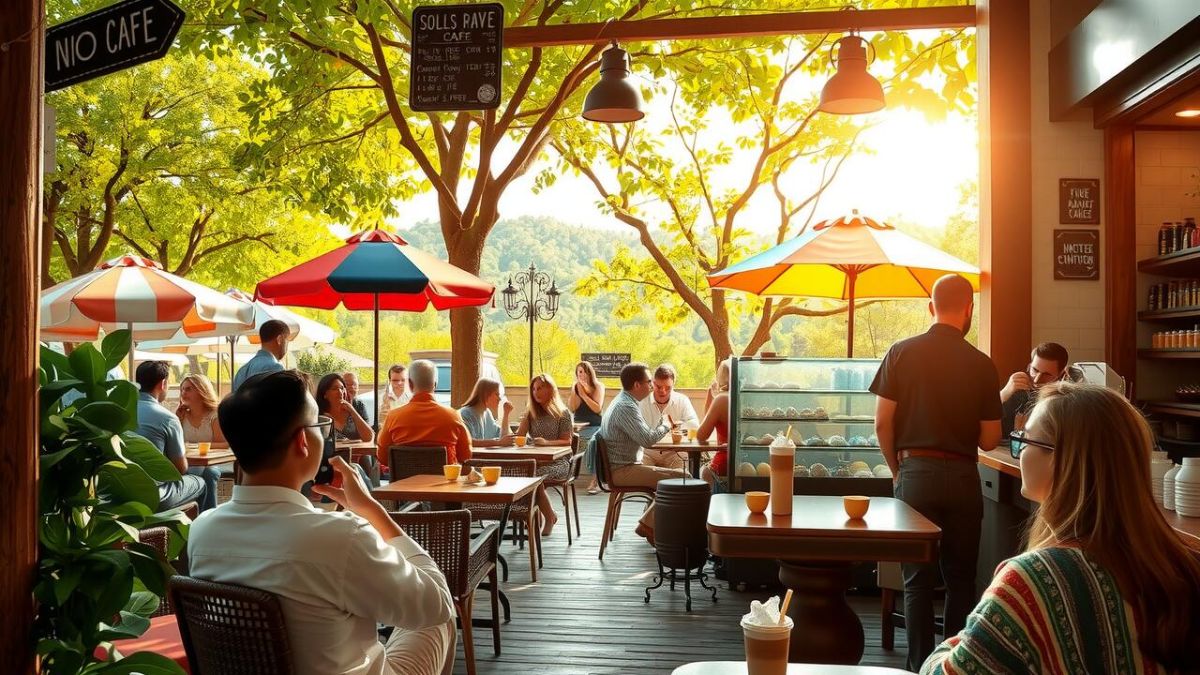There’s something brewing in the coffee world—and it’s not happening in a rush. Slow-brew cafés are popping up everywhere, and people can’t stop talking about them. Whether it’s the calming ambiance, the handcrafted coffee, or the escape from today’s fast-paced culture, these cozy cafés are turning heads and winning hearts. Let’s look into why slow-brew cafés have become the go-to spot for coffee lovers this year.
Culture
Today’s coffee culture isn’t just about grabbing a caffeine fix on the way to work. It’s evolving. Consumers are looking for more than just a quick cup—they want an experience. Slow-brew cafés answer that call by offering a place where people can slow down, connect, and savor every sip.
Think of them as the opposite of your standard coffee chain. No rush, no shouting baristas, no buzzing machines. Just soft music, the comforting scent of freshly ground beans, and the sound of water slowly pouring over grounds. It’s mindfulness in a mug.
Method
So what exactly is “slow brew”? It’s not just a fancy name. Slow-brew methods include pour-over, siphon, Chemex, French press, and cold brew. These techniques take time—anywhere from a few minutes to several hours—but the result is worth the wait.
For example, a pour-over allows for precision, creating a clean, flavorful cup that reveals subtle tasting notes. Cold brew, on the other hand, steeps for 12 to 24 hours, resulting in a smooth, low-acid drink. Each cup is handcrafted, and every detail matters—from the water temperature to the grind size.
Here’s a quick comparison of popular brewing methods:
| Brewing Method | Brew Time | Flavor Profile |
|---|---|---|
| Pour-over | 3–4 minutes | Bright, clean, rich |
| French Press | 4–5 minutes | Bold, full-bodied |
| Siphon | 6–8 minutes | Aromatic, balanced |
| Cold Brew | 12–24 hours | Smooth, low-acidity |
| Chemex | 4–5 minutes | Crisp, delicate |
Experience
The moment you step into a slow-brew café, you feel it. There’s a sense of calm that wraps around you. It’s not just about coffee—it’s about creating a space where people feel comfortable taking their time.
You’ll see people reading books, journaling, chatting quietly, or just watching the brew process with fascination. There’s something hypnotic about watching hot water spiral through fresh grounds. It’s like watching a ritual unfold—meditative and oddly satisfying.
These cafés often double as community hubs, offering live music, local art displays, or even coffee workshops. The atmosphere is intentionally curated to encourage presence, conversation, and creativity.
Design
Design plays a big role in the appeal of slow-brew cafés. Most of them embrace minimalist aesthetics—think natural wood, neutral tones, and soft lighting. The setup isn’t cramped with tables. Instead, you’ll find cozy nooks, communal seating, and open brew stations where baristas work their magic.
Some cafés even include elements of nature—plants, sunlight, and earthy materials—to create a soothing, organic vibe. It’s no accident. Every detail is aimed at slowing you down and inviting you to stay a while.
Quality
Another reason these cafés are trending? Quality over quantity. Rather than pumping out dozens of drinks per minute, slow-brew cafés focus on delivering a top-tier cup. The beans are often single-origin, freshly ground, and ethically sourced. The water is filtered. The baristas are trained more like artisans than servers.
This dedication to quality extends to everything—from the menu to the customer experience. You’re not just buying coffee; you’re investing in craftsmanship.
Health
Interestingly, slow-brew methods also come with some health perks. Since these methods often use less pressure and lower temperatures than espresso machines, they extract fewer bitter compounds and acids. That means a gentler cup on your stomach and a lower risk of acid reflux.
Cold brew, for instance, is especially popular among health-conscious drinkers due to its low acidity and naturally sweet taste, even without added sugar or milk.
Trend
Why now? It’s partly a reaction to burnout and constant digital stimulation. People are craving real-world experiences, quiet spaces, and moments of calm. Slow-brew cafés tap into that need perfectly.
In a world that moves too fast, these cafés offer a reason to pause. It’s not just a trend—it’s a movement. And as more people discover the joy of taking their coffee slow, don’t be surprised if your next favorite hangout is one of these slow-brew sanctuaries.
With their emphasis on quality, connection, and calm, slow-brew cafés aren’t just changing the way we drink coffee—they’re changing the way we live. So next time you’re feeling overwhelmed, maybe skip the drive-thru. Go slow, sip mindfully, and let your coffee experience be just that—an experience.
FAQs
What is a slow-brew café?
A café that uses manual, time-intensive coffee brewing methods.
Why are slow-brew cafés popular?
They offer calm spaces, quality coffee, and a relaxing experience.
What drinks do they serve?
Mostly pour-over, French press, Chemex, siphon, and cold brew.
Are slow-brew methods healthier?
Yes, they’re lower in acidity and easier on the stomach.
Do slow-brew cafés take longer?
Yes, but that’s part of the charm—they encourage slowing down.

